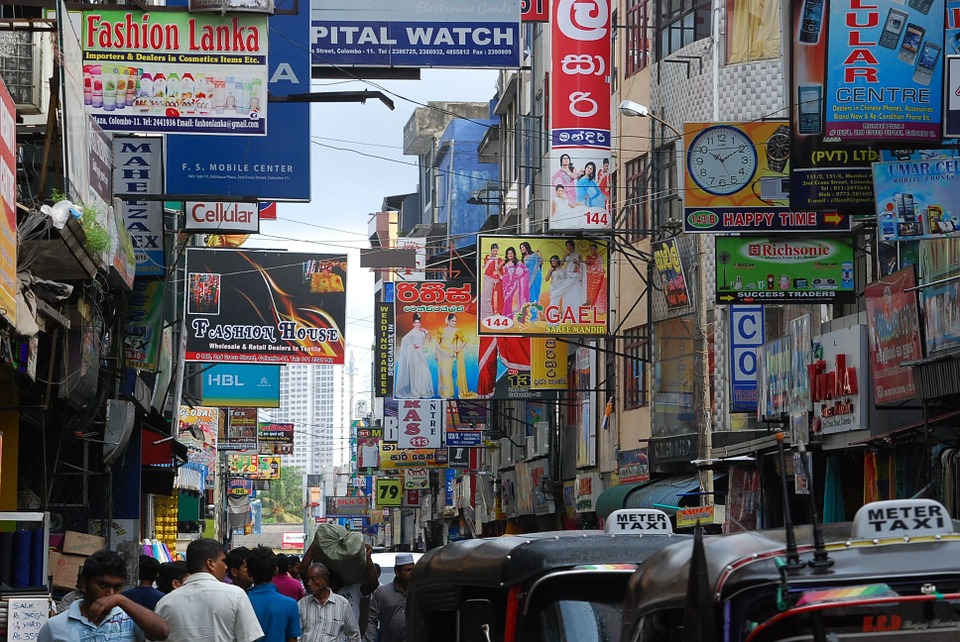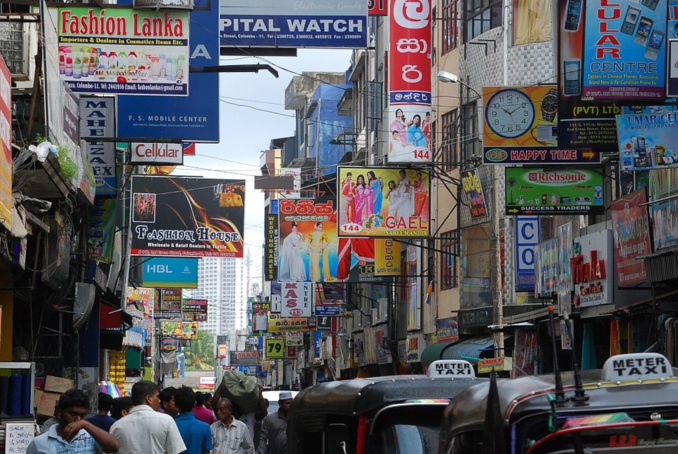The Indian government now aims to almost double size of the country's economy - from the current $ 2.7 trillion of GDP to $ 5 trillion by 2025. This will require an annual growth of 8%. Recently, this indicator has been showing the opposite trend as the GDP grew by only 5.8% in the fourth quarter of the 2018-2019 fiscal year (starts on April 1 in India). This is the minimum figure for five years; moreover, it turned out to be worse than the Chinese for the first time in seven quarters. At the end of the fiscal year, the growth was 6.8% against 7.2% a year earlier.
The ambitious goal of growth will require structural reforms, said Nirmala Sitharaman, the Minister of Finance of India, but it is not yet clear what exactly the reforms will be.
Another goal is to combine the extensive social and infrastructure program outlined in the ruling party’s electoral program with a reduction in the fiscal deficit from 3.4% to 3.3% of GDP. The expenditure side of the budget will grow by 13% compared to last year and will be about $ 410 billion. The government plans to increase spending on agriculture by 75% and include an additional 30 million people in the pension program.
Tax charges are the main source of budget revenues (68%). The main contribution (21%) is made by corporate tax. So far, one of the main innovations of the budget program is to reduce its rate from the current 30% to 25% for the entire business, with the exception of the largest companies (with a turnover of more than 4 billion rupees). Economic growth should also be stimulated by lifting of certain restrictions on foreign direct investment. Some additional funds will be received from the increase in the income tax rate for the richest taxpayers (the maximum will be 42.7%). The government also plans to receive $ 15 billion through partial privatization of state-owned companies (including the national airline Air India). State borrowings will amount to $ 104 billion, and the government now intends to make them in foreign currency. In addition, customs tariffs for gold and precious metals will increase, and so will tariffs on imports of electronics, chemicals, plastics and rubber, paper, cars and steel - this will mainly affect supplies from China.
A separate section of the program is dedicated to supporting non-bank financial companies, which are the main source of credit for small and medium-sized businesses and consumers. After the liquidity crisis that the sector experienced last year, the authorities intend to tighten control over it, while simultaneously allocating $ 10.2 billion for its subsidized lending through state-owned banks.
Digitalization of payments is also expected to continue. The government intends to impose a 2 percent cash withdrawal tax on the amount of more than 10 million rupees per year, as well as to oblige large retailers to accept electronic payments without additional fees. Recall that the monetary reform launched at the end of 2016 resulted in withdrawal of 86% of cash from circulation. The large-scale digitization of the financial sector, the tax system, public procurement and social benefits was meant to increase transparency and improve tax collection.
source: businesstoday.in
The ambitious goal of growth will require structural reforms, said Nirmala Sitharaman, the Minister of Finance of India, but it is not yet clear what exactly the reforms will be.
Another goal is to combine the extensive social and infrastructure program outlined in the ruling party’s electoral program with a reduction in the fiscal deficit from 3.4% to 3.3% of GDP. The expenditure side of the budget will grow by 13% compared to last year and will be about $ 410 billion. The government plans to increase spending on agriculture by 75% and include an additional 30 million people in the pension program.
Tax charges are the main source of budget revenues (68%). The main contribution (21%) is made by corporate tax. So far, one of the main innovations of the budget program is to reduce its rate from the current 30% to 25% for the entire business, with the exception of the largest companies (with a turnover of more than 4 billion rupees). Economic growth should also be stimulated by lifting of certain restrictions on foreign direct investment. Some additional funds will be received from the increase in the income tax rate for the richest taxpayers (the maximum will be 42.7%). The government also plans to receive $ 15 billion through partial privatization of state-owned companies (including the national airline Air India). State borrowings will amount to $ 104 billion, and the government now intends to make them in foreign currency. In addition, customs tariffs for gold and precious metals will increase, and so will tariffs on imports of electronics, chemicals, plastics and rubber, paper, cars and steel - this will mainly affect supplies from China.
A separate section of the program is dedicated to supporting non-bank financial companies, which are the main source of credit for small and medium-sized businesses and consumers. After the liquidity crisis that the sector experienced last year, the authorities intend to tighten control over it, while simultaneously allocating $ 10.2 billion for its subsidized lending through state-owned banks.
Digitalization of payments is also expected to continue. The government intends to impose a 2 percent cash withdrawal tax on the amount of more than 10 million rupees per year, as well as to oblige large retailers to accept electronic payments without additional fees. Recall that the monetary reform launched at the end of 2016 resulted in withdrawal of 86% of cash from circulation. The large-scale digitization of the financial sector, the tax system, public procurement and social benefits was meant to increase transparency and improve tax collection.
source: businesstoday.in



















